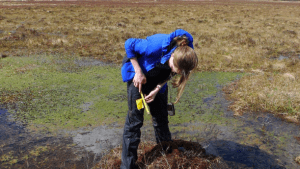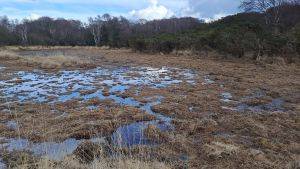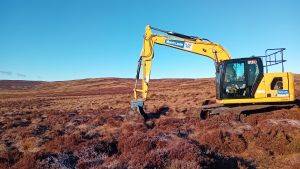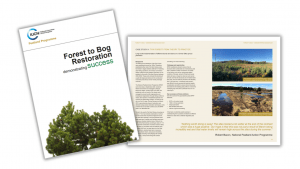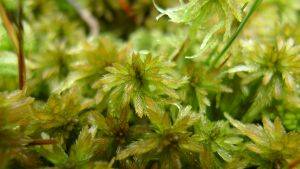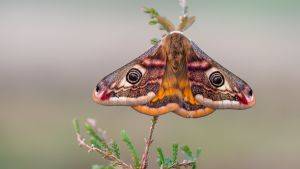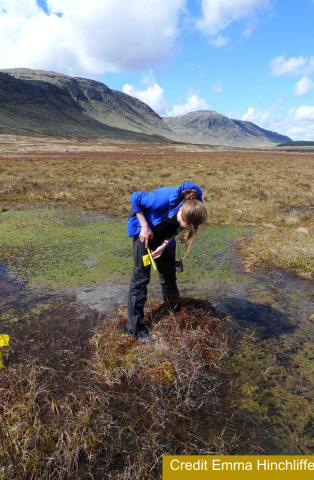 Jessica Gauld, a PhD student at the University of Manchester, is seeking participants to complete a short survey on the extent to which palaeoecological research is utilised in UK peatland restoration projects. The survey includes questions on the nature of the restoration project(s) you are involved in, whether the project(s) included palaeoecological research in any capacity and, if applicable, how this research was used and reported. It should take around 10 minutes to complete.
Jessica Gauld, a PhD student at the University of Manchester, is seeking participants to complete a short survey on the extent to which palaeoecological research is utilised in UK peatland restoration projects. The survey includes questions on the nature of the restoration project(s) you are involved in, whether the project(s) included palaeoecological research in any capacity and, if applicable, how this research was used and reported. It should take around 10 minutes to complete.
The study of past environments using palaeoecological methods has been widely advocated as valuable for informing practical management and restoration of peatlands. In recent years, greater efforts have been made to improve the link between palaeoecological research and restoration practice. In order to see the full picture, we want to understand palaeoecological input from a practice perspective. This includes the extent to which palaeoecology has been included in past and current peatland restoration projects, whether its use is reported, and the impact of this research on practice.
Jane Akerman, IUCN UK Peatland Programme Manager, said,
“The Peatland Programme is very supportive of work such as Jessica’s which seeks to connect academic and practitioner communities to further our understanding of peatland restoration and work together to ensure that research informs practice across multiple disciplines. Our showcase on testate amoebae uses this fascinating group of microorganisms to introduce the concept of translational palaeoecology as a tool for ensuring the specialist knowledge and expertise of palaeoecologists can help us inform the future of peatlands, as well as understand their past, and we thank Jessica for her contribution to this.
We all receive a lot of survey requests, but this is a great way to contribute to our understanding in just 10 minutes of your day. Even if you’ve never heard of palaeoecology, your contribution to this survey as a restoration practitioner is important – it’s vital we understand what the barriers are to employing these approaches, to enable us to overcome them.”
If you are a peatland site manager/conservation practitioner interested in supporting this research, please complete the survey using the link below. You can complete the survey multiple times using the same link if you have been involved in multiple restoration projects. This survey is anonymous and will not collect any personal information, including IP address. Before taking part, please see the Participant Information Sheet for more information.


